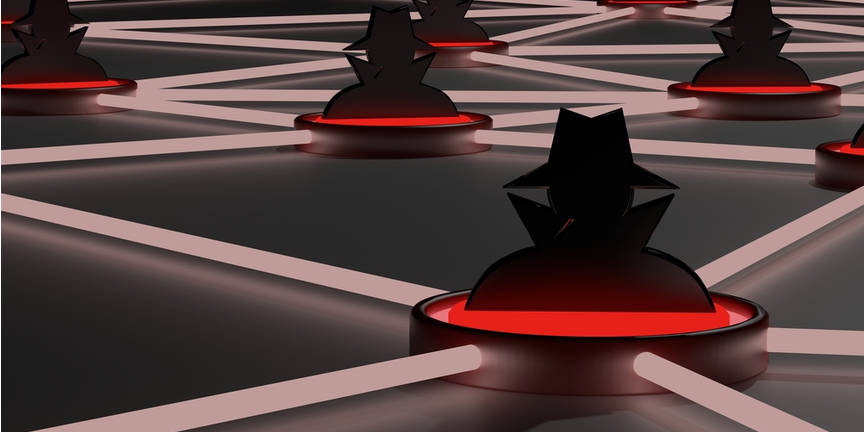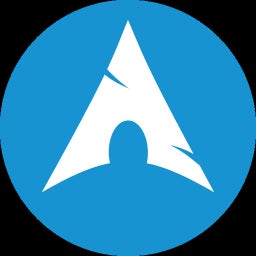Also consider outside your home too - either permantly VPNing back through your home network, or (ie for Android) Tracker Control, which will block most ad / sdk / geo trackers that it knows about.
SayCyberOnceMore
- 10 Posts
- 298 Comments
Ok, thanks. Yeah, I don’t use PostgreSQL much, so I have to get my head into it.
That said, it’s only for Immich, so I could just wipe it and start again which might be quicker… it only took 3 days to scan the photos, it might take me longer to update the database 😉
Updated my NAS recently and Immich’s database stopped working due to some PostgreSQL update that needs something changed manually, so I need to get my head around that.
Also trying to get a tablet to run as a 2nd satellite for HomeAssistant voice commands and no matter what I do, only the 1st one responds to wakeword… but I tend to give up after everyone’s gone to bed as I’m literally in a room on my own talking to myself…
Using PfBlockerNG?
It’s a great piece of software, but I had a hell of a time blocking some countries for torrents.
A single IP in China was repeatedly downloading an Ubunto ISO, I think due to the various methods of peers finding each other, so in the end I had to create an additional alias to block outgoing traffic even though only I was only allowing specific other countries in.
True, but they’re all as bad as each other. OpenAI was breached last year too…
I smell politics here over ethical hacking
Normally, when vulnerabilities are found, the responsible steps are to disclose to the site owner first before waiting for them to resolve it (ie 90 days).
I didn’t see that mentioned in Wiz’s article - which is showing their data & links to the vulnerabilities.

 261·11 days ago
261·11 days agoThere’s 2 different things here:
- Anonymity
- Truth (of people and / or info)
You need both or you’re loosing freedom of speech.
If the government is “nice“, then you won’t feel threatened by this and you’ll believe that it’s better because we can now find the “bad guys”.
But what if the rules change and your thoughts / feelings / beliefs are now “bad”… how do you band together to make it better?
And, the internet is already flooded by bots, well, at least 50%, but I’m guessing no-one’s noticed.

 1·11 days ago
1·11 days agoThanks for the update.
Now more “testers“ are aware, I wonder how long it’ll be before the next article about something similar to this comes out…?

 91·19 days ago
91·19 days agoSo, another “cookie banner” coming then, but this one says: “facts not checked”

 12·19 days ago
12·19 days agoAh, replaceable batteries…
Honestly, I kept my Nokia going until I got a Fairphone - purely to be able to replace the battery.
It was great when visiting places they just asked me to install some shitty app (ie to view a restaurant menu, etc.) I’d just show them the Nokia and they’d have to treat me ”properly”

 4·22 days ago
4·22 days agoI agree, the acronym NAS does indeed mean that.
But would you call a Hypervisor a NAS?
When I say NAS, I mean NAS. Bulk storage remotely accessible on the network.
When someone starts talking about all their VMs/Containers, I understand that to mean something else… I’d prefer to use a generic term like “server” instead.

 31·23 days ago
31·23 days agoLook, there’s 2 things here:
- NAS - meaning storage
and
- NAS - meaning a virtualisation / container server that’s doing lots of fairly random disk access
Which are you wanting?
For the first, just consider capacity (you’ll fill it) and noise (spinning away all night)
For the 2nd, really really consider SSDs as they’re silent and fast.
RAID1 is just a convenience factor, so whatever you do, don’t get too caught up in the drive mechanics as you’ll have a full backup (right?) and can restore your data at a moment’s notice.
Honestly, honestly, just go for something large & quiet and you’ll be fine.
And yes, SSD for the OS
+10 for keeping notes.
Yep, even that temporary thing, write it down. Usernames & passwords go in KeePass - with descriptive notes in there too
You should check out Ansible
I run multiple Arch systems at home; laptops, NAS, media, etc. but I’d recommend a Debian based OS for a new starter… unless they’re really, really keen to learn how everything works.

 1·24 days ago
1·24 days agoFor inspiration, take a look at the Nextcloud Devices - just for the hardware ideas.
I’m still running a Nextcloud Box (with the original Western Digital drive) and it’s fine for my needs.

 2·25 days ago
2·25 days agoYep, numbering’s the key.
When you create NAS01, you know there’s going to be a NAS02 one day

 2·25 days ago
2·25 days agoYep, seen a similar thing with servers…
A few years ago I built up a system with ~ 20 servers. Powered them all up and did all the RAID initialisation (RAID5 across 6-8 disks per server IIRC)
One server basically needed all it’s disks replacing and some of the others needed a disk or 2 replaced - within a month!
Since replacing those disks and building all those arrays I’m happy to build a NAS / server, let it bed-in for a while and if nothing fails I’ll just keep powering up & down my NAS as needed and I’ll run the drives until they die…

 2·25 days ago
2·25 days agoMaybe get that patent sorted out quickly?



Feel free to ask over at !homeassistant@lemmy.world too.
But to echo some other comments here, whatever you do, keep it simple and ensure a botched HA update doesn’t freeze / cook you by using standard components as a backup / failsafe